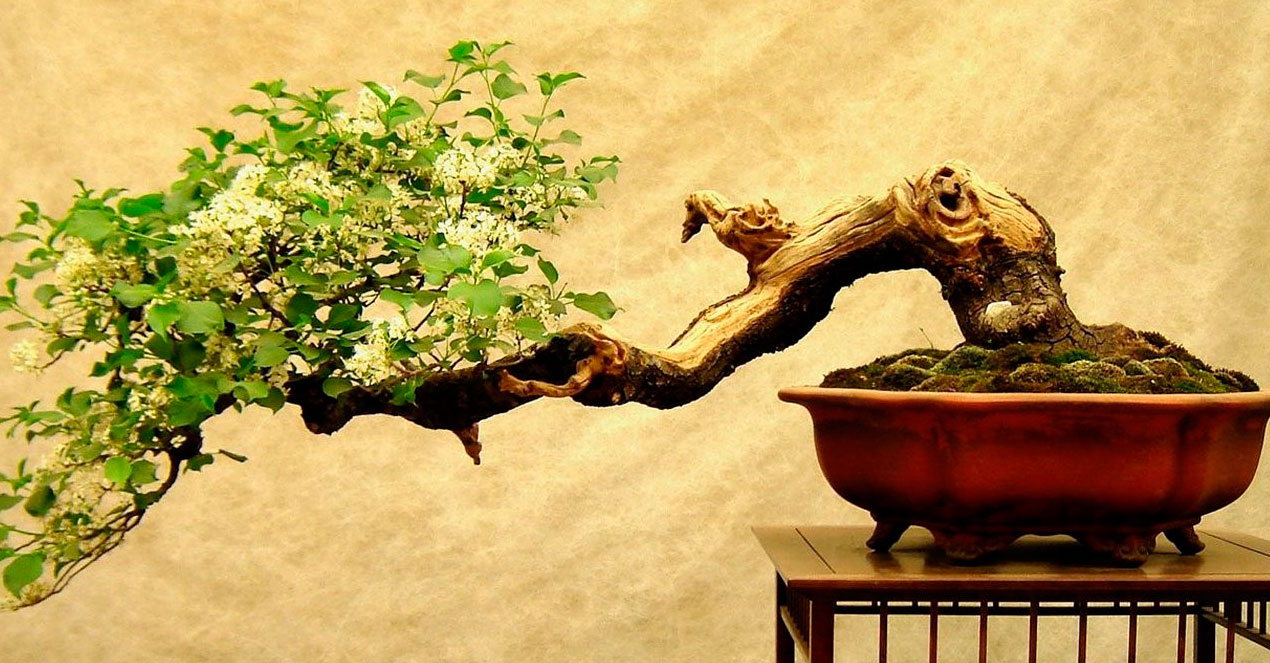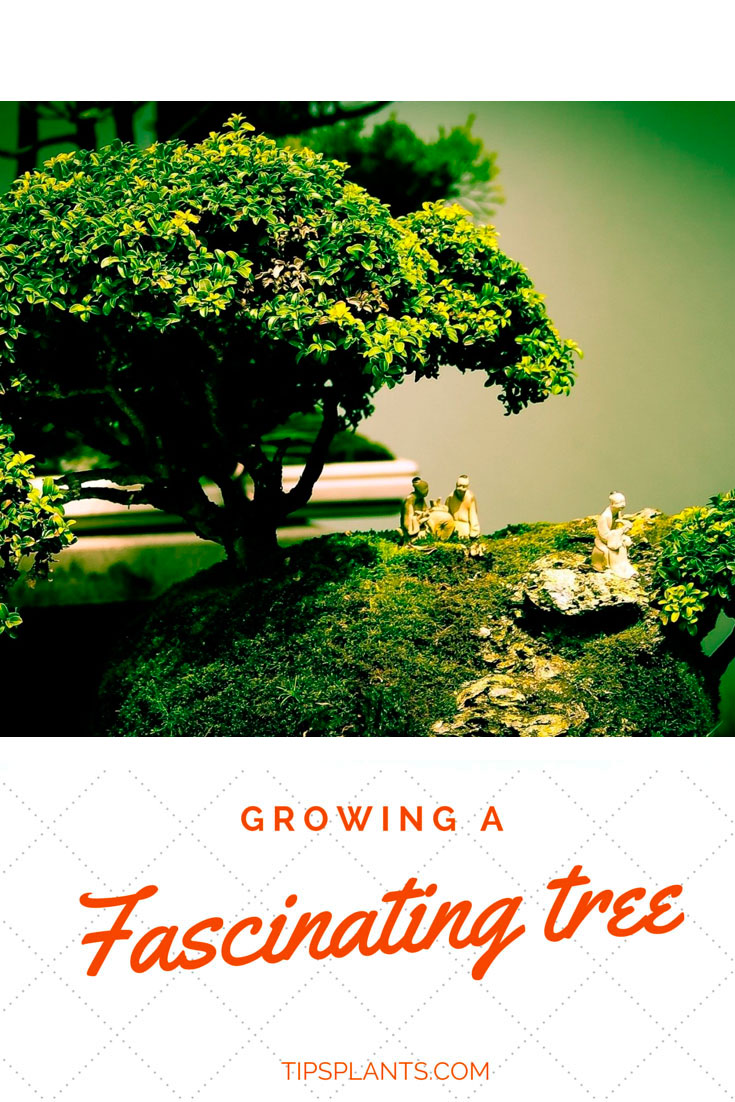When you know what to plant next to this or...
Styles and Types of Trees used in Bonsai
If you are determined to bring the beauty of nature into a small pot, bonsai tree will be a great choice. Bonsai enthusiasts claim that there are plenty of types and styles of trees. In this article some of them will be mentioned.
Let’s start with an amazingly beautiful tree – Chokkan. It stretches straight upward and the trunk gets thinner as it goes up. This tree form is basic and actually one of the most challenging ones. The suitable trees for this style are Japanese cypress, Japanese cedar, pine tree.
Hokidachi is a form of tree which reminds of a broom with the brush end that sticks upwards. Like the Chokkan, it stands upright.
The difference between them is that the branches of the Hokidachi radiate outwards from clustered points of origin forming a ball-shaped dome at the top, thus the trunk does not continue to the top of the tree. Among the trees that fit this style perfectly are are maples, elms and zelkovas.
Shakan is a slanting form that represents the trees growing in tough environments such as a stormswept seashore, for instance, or in the area where there are strong winds. This style is represented by the tree leaning in one direction with the angle of approximately 60 - 80 degrees relative to the ground.
The roots are well developed on one side whereas on the side, toward which the species is leaning, the roots are developed much worse. At first sight it might seem unstable though it’s not actually true. Any kind of tree can be recommended for this particular shape as it’s an easy one.
This article dwells on the bonsai styles and types of trees that can be grown in this shape.
The style Moyohgi (informal upright) is both an extremely attractive and famous style. Its bent and twisted branches and trunk will leave nobody indifferent.
It’s rather similar to Chokkan style as the trunk is also tapering, upright and the branches are thick and broad at the bottom and they become thinner and shorter at the top. But the trunk is not straight and the branches are to protrude from the outer sides of it.
The perfect species for this shape are Japanese White Pine (Pinus), Crab Apple (Malus ), Trident Maple (Acer), Japanese Maple (Acer), Juniper (Juniperus), Ponderosa Pine (Pinus), Beech (Fagus), Pomegranate (Punica), Black Pine (Pinus), Conifers.
Kengai (a cascade style) is one of the most ancient bonsai forms. Its trunk together with branches stretch down below the roots. If the branches are not lower than the bottom of the pot, the plant is known as Kengai.
If they reach to the bottom of the pot, the tree is called Han-gengai. This tree represents the species that is in difficult times but still manages to survive. Imagine the shape of a tree that bends under the heavy snow or mud slide and you will get a clear idea of what this style looks like.
The following trees will make an excellent cascage tree:
- Chinese Juniper
- Green Mound Juniper
- Japanese Black Pine
- Japanese Garden Juniper
- Japanese White Pine
- Mountain Pine
- Needle Juniper
- Scotch Pine
In the nature a driftwood bonsai (Sharimiki, Sharikan, Sabamiki) shape can be found mainly among such types of trees as conefers: pine, cedar and juniper. It is a quite exotic style. When people see it for the first time, they normally wonder : “How is it possiple? Who did it: the nature or is it a man made?”
The answer can vary. Sometimes it is the nature that is responsible for such a style, sometimes a person, and there can be cases when it is the combination of both. The tree looks as if it was struck by the lightning or suffered a trauma some time ago. The biggest part of the trunk seems dead and the tree looks older. All the faults in the shape are corrected.
Ishizuke (clonging to a rock) is another interesting style. There are cracks and holes in the rock. The roots are growing in them. Thus, they don’t have enough space to develop properly and absorb nutrients. Consequently, such a tree will never look healthy and it is apparent that the plant has to struggle so that to be able to survive. Frequent fertilization and watering is needed because there is not enough room to keep water and nutrients. You can place the rock in which the bonsai will grow in a shallow container and fill it with water or maybe add fine gravel there.












